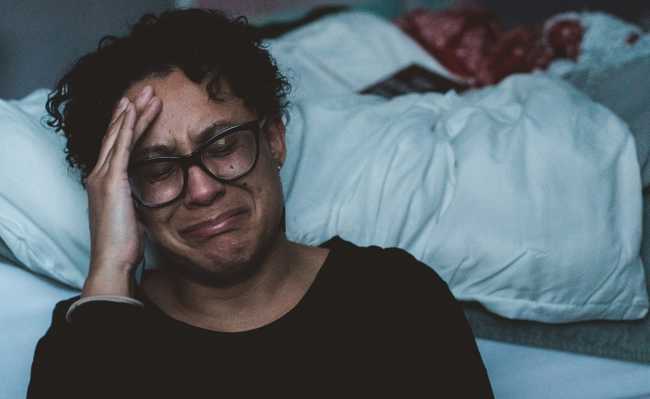Herpes zoster: treatment, symptoms and transmission
An infectious disease caused by the same virus as chickenpox, herpes zoster causes red, painful blisters on the skin.

Image: USP Newspaper
Herpes zoster, popularly known as shingles or shingles, is an infectious disease caused by the same chickenpox virus, Varicella-Zoster, which can reappear during adulthood, causing red blisters on the skin and intense pain. This type of herpes can affect any region, but it is more common on the torso and face. Lesions usually manifest as a band on one side of the body.
The virus that causes chickenpox (chickenpox) and herpes zoster is not the same virus that causes cold sores or genital herpes. Despite having similar names and being caused by viruses from the same family, they are two completely different diseases.
What causes herpes zoster?
Anyone who has had chickenpox at some point in their life can develop shingles. This is because the virus is latent (asleep) in the body's ganglia and, eventually, can be reactivated and “travel” along the nerve pathways to the skin, producing the eruptions. Therefore, this disease only affects people who have had chickenpox or who have come into contact with people with chickenpox or active herpes zoster.
Symptoms of herpes zoster
Herpes zoster can appear anywhere on the body, usually affecting only one side - the left or right. It is common for the rash to start in the middle of the back towards the chest, but it can also appear on the face, around an eye, or even reach the optic nerve. It is possible to have more than one rash area on your body (belly, head, face, neck, arm or leg).
It develops in phases: the incubation period (before the eruptions), the active phase (when the eruption appears), and the chronic phase (postherpetic neuralgia, which lasts for at least 30 days and can continue for months or years).
The initial symptoms of herpes zoster can be:
- Pain, tingling, itching or burning in the affected area;
- Fever between 37°C and 38°C;
- Headache;
- Chills;
- Gastrointestinal disorder.
These signs may appear a few days before a rash occurs. Chills and stomach pain, with or without diarrhea, appear a few days before the rash and may persist during the period of the skin lesions. Unlike chicken pox, which only appears once in a lifetime, herpes zoster can re-appear whenever there is a drop in the patient's immunity. See a doctor or doctor whenever you suspect herpes zoster.
How to prevent herpes zoster
The only way to prevent herpes zoster is vaccination. The herpes zoster vaccine is allowed for people aged 50 and over, as the risk of the disease is greater in this age group. Children vaccinated against chickenpox will also be protecting themselves from a future risk of developing herpes zoster.
Attention: the vaccine against herpes zoster, like any other vaccine, is for the prevention of the disease, not for the treatment.You should not get the herpes zoster vaccine if:
- Are allergic to any of the ingredients (this includes gelatin or neomycin allergy);
- Have a compromised immune system or use steroids or other medication that reduces the immune system's responsiveness;
- have active untreated tuberculosis;
- you are pregnant;
- Has or presented any health problem;
- You are taking medications that can weaken your immune system;
- Has fever;
- Has HIV infection.
Herpes Zoster Transmission
Although rare, a person with herpes zoster can transmit the virus to someone who is not immune to chickenpox. This occurs through direct contact with the skin lesions. Once infected, a person can develop chickenpox, running the risk of developing herpes zoster in the future.
Chickenpox can be serious for some groups of people. Even the regression of skin lesions should avoid physical contact with anyone with a weakened immune system, newborns (especially preterm) and pregnant women.
Herpes Zoster Treatment
There is no cure for herpes zoster, but treatment can reduce the duration of the disease and prevent complications. As soon as the diagnosis is made, the doctor can start treatment with antiviral drugs. If treatment is started immediately after the onset of symptoms (lesions), there is less chance of complications.
The most common treatments include:
- Antiviral drugs to reduce pain and the duration of injuries;
- Pain medications;
- Prevention of secondary infections from skin lesions;
- Cool or cool baths and moist compresses around the wounds can help relieve itchiness and pain.
If the pain persists for more than a month after the lesions have disappeared, a doctor can diagnose postherpetic neuralgia, the most common complication of herpes zoster. In that case, some specific treatments, depending on the severity of the case, may be prescribed.
Only a doctor can tell you which medication is best for you, as well as the correct dosage and duration of treatment. Always follow their guidelines to the letter and never self-medicate or stop using the drug without consulting them first.









